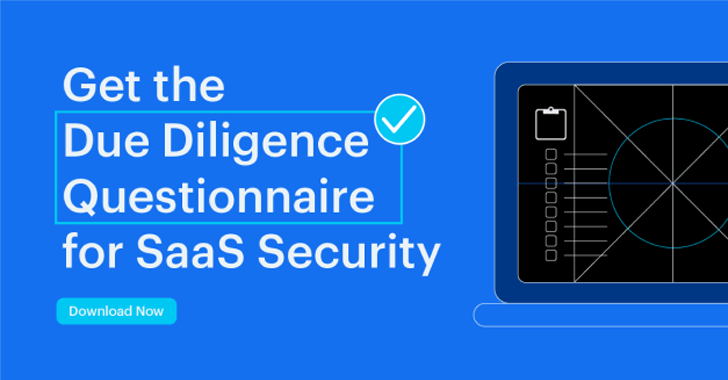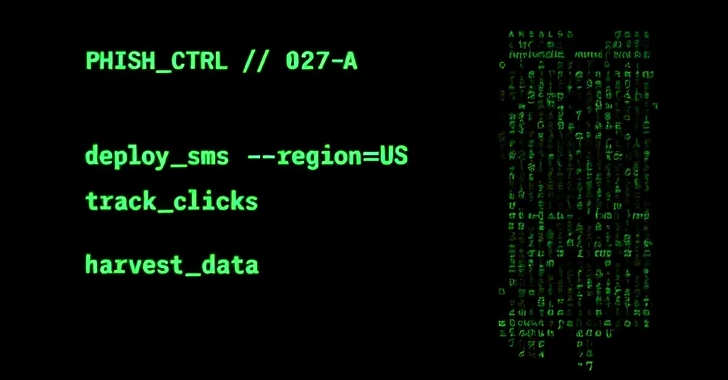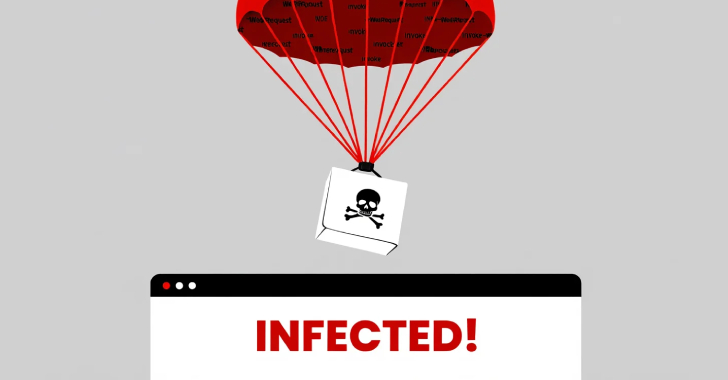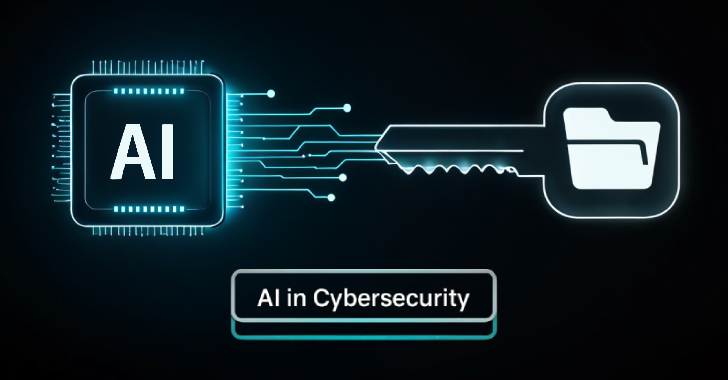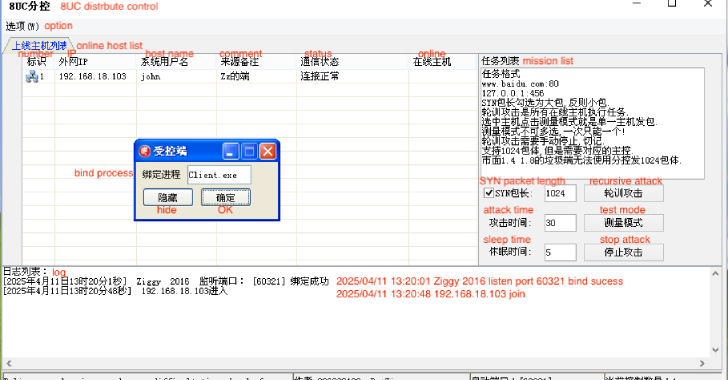SaaS applications have become indispensable for organizations aiming to enhance productivity and streamline operations. However, the convenience and efficiency these applications offer come with inherent security risks, often leaving hidden gaps that can be exploited. Conducting thorough due diligence on SaaS apps is essential to identify and mitigate these risks, ensuring the protection of your organization’s sensitive data.
Understanding the Importance of Due Diligence
Due diligence is a critical step in evaluating the security capabilities of SaaS applications. It involves a comprehensive assessment of the app’s audit log events, system and activity audits, and integration capabilities to ensure proper logging and monitoring, helping to prevent costly incidents. Here are a few reasons why due diligence is non-negotiable:
Identifying Critical Audit Log Gaps: A thorough review helps ensure that essential events, such as logins, MFA verifications, and user changes, are logged. This is crucial for maintaining visibility and quickly detecting any anomalies or unauthorized activities.
Ensuring Comprehensive System and Activity Audits: Due diligence verifies that all system changes and user activities, such as creating, updating, and deleting configurations and resources, are tracked. This comprehensive auditing is essential for maintaining a secure environment and quickly responding to potential threats.
Evaluating Integration Capabilities with Existing Security Infrastructure: It ensures that SaaS applications can integrate seamlessly with existing security tools like SIEM systems and API endpoints, facilitating better data correlation, enhanced threat detection, and streamlined security operations.
Failing to perform due diligence can lead to severe consequences, including data breaches, unauthorized access, and compliance issues, all of which can be costly and damaging to an organization’s reputation.
The Challenges of Completing Due Diligence
Despite its importance, completing due diligence for SaaS applications is an often overlooked task due to several factors:
Variety and Complexity: The sheer number of SaaS apps, each with unique security features and data management practices, makes thorough evaluation challenging.
Lack of Standardization: Ensuring seamless integration with security tools like SIEMs and APIs can be difficult without a standardized approach.
Resource Constraints: Many organizations lack the expertise or resources to conduct comprehensive due diligence, leading to overlooked details.
Coordination Across Departments: Gathering necessary information and ensuring all departments are aligned can be time-consuming and cumbersome.
Streamline Due Diligence with AppOmni’s Due Diligence Questionnaire (DDQ) and SaaS Event Maturity Matrix (EMM)
To simplify and expedite the due diligence process, AppOmni offers two essential resources: the Due Diligence Questionnaire (DDQ) and the SaaS Event Maturity Matrix (EMM). The DDQ was designed by security professionals to guide organizations in identifying critical gaps in audit logs, enabling them to develop a detailed plan – whether for due-diligence of an application or onboarding.
The EMM makes filling out the DDQ a breeze by providing a standardized framework for assessing and organizing SaaS audit logs. The EMM simplifies the tracking and analysis of security events across various platforms, ensuring that critical activities like logins, user changes, and security configurations can be logged and monitored effectively. Read the EMM Data Sheet for more details.
Together, the DDQ and EMM shine a light on the hidden risk in audit log inconsistencies enabling organizations to refine the audit logging functions of their SaaS platforms, allowing security teams to enhance threat detection and response actions.
The DDQ and EMM enhance organizations risk preparedness by helping them:
Identify Critical Audit Log Gaps: Ensuring that critical events like login/logout, MFA verifications, user changes, and security configurations are comprehensively logged helps maintain visibility and enables quick detection of anomalies or unauthorized activities.
Assess System and Activity Audits: Verifying that all system changes and user activities, such as creating, updating, and deleting configurations and resources, are meticulously tracked is vital for maintaining a secure environment and swiftly responding to potential threats.
Evaluate Integration Capabilities: Ensuring that your SaaS applications can seamlessly integrate with existing security infrastructure like SIEM tools and API endpoints facilitates better data correlation, enhances threat detection, and streamlines security operations.
Enhance Security Protocols and Configurations: Proactively updating security settings to close logging gaps and prevent potential vulnerabilities helps maintain a robust security posture.
Develop a Detailed Onboarding Plan: Addressing security gaps before onboarding new SaaS applications ensures proper logging and monitoring from day one, reducing risks from the outset.
Download the Due Diligence Questionnaire for SaaS Security
Uncover and address security gaps in your SaaS applications. Use the DDQ to help guide and develop a systematic approach for understanding security practices and monitoring SaaS application logs.
How to use the DDQ and EMM
Download and Customize the DDQ: Start by downloading the DDQ and tailoring it to fit the specific SaaS applications used in your organization.
Assess Logging Capabilities with EMM: Use the EMM to evaluate the audit logs of your SaaS apps. Identify gaps in logging critical events such as logins, MFA verifications, and user changes.
Fill Out the DDQ: Based on the insights from the EMM, complete the DDQ to get a detailed understanding of each application’s security posture.
Implement Findings in AppOmni: Utilize the findings from the DDQ to enhance your security measures. Integrate your findings with AppOmni to streamline the tracking of critical audit logs, address configuration drifts, and enforce consistent security policies across your SaaS applications.
By leveraging the DDQ and EMM, organizations can streamline the due diligence process, identify and address security gaps, and enhance threat detection to take a risk-based approach to SaaS security management.
Found this article interesting? This article is a contributed piece from one of our valued partners. Follow us on Twitter and LinkedIn to read more exclusive content we post.


